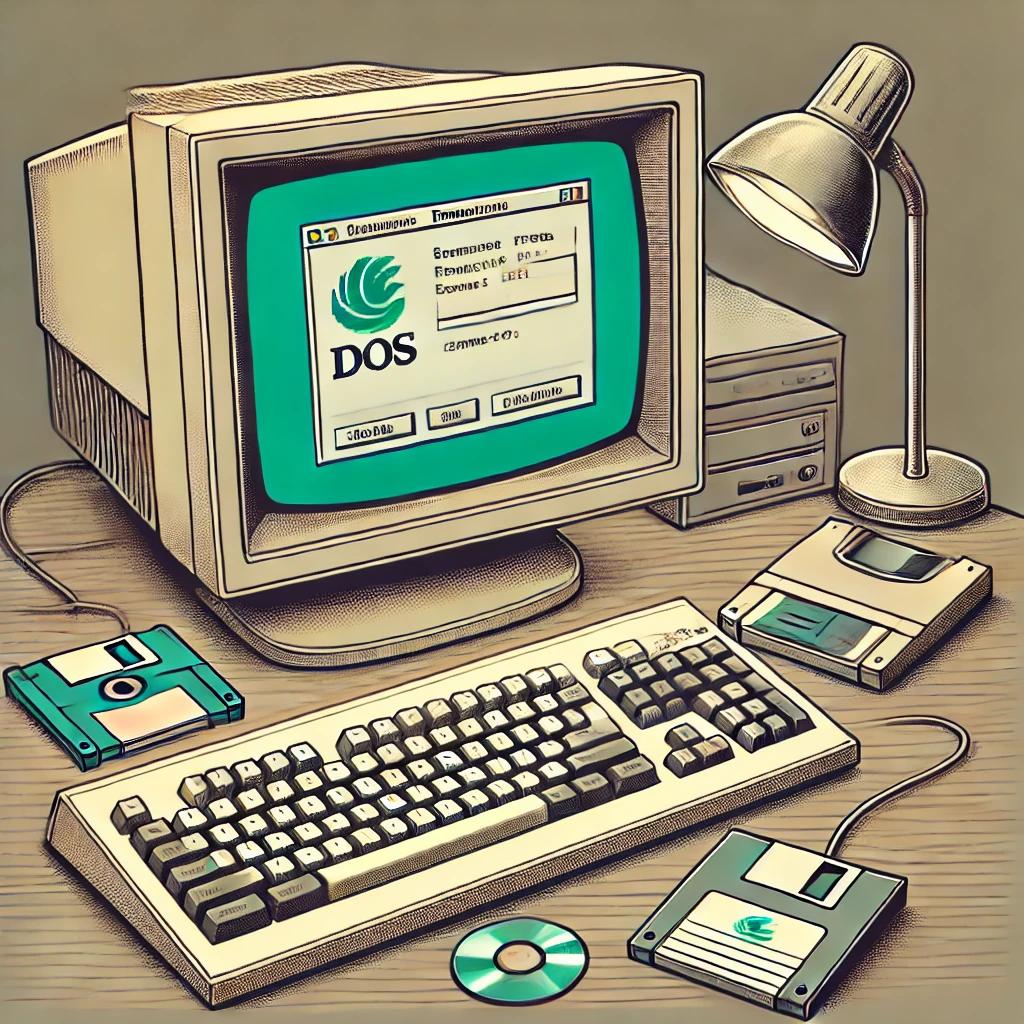
DOS emulation has played a crucial role in preserving classic software and games, allowing users to run legacy applications on modern systems. As technology advances, these emulators have evolved from basic command-line tools to sophisticated virtual environments. Understanding their development provides insight into software preservation and computing history.
As operating systems moved beyond DOS, users found it increasingly difficult to run older applications. Early solutions involved dual-booting or maintaining legacy hardware, but these were impractical for many. This led to the development of DOS emulators—programs designed to replicate the DOS environment within newer operating systems.
The first DOS emulators emerged in the late 1990s, primarily as command-line tools that attempted to mimic the functionality of DOS within Windows and Linux environments. These early versions had limited compatibility and often required extensive configuration.
A major breakthrough in DOS emulation came with DOSBox, an open-source emulator that provided robust support for running DOS applications across multiple platforms (DOSBox Official Website). Unlike earlier tools, DOSBox featured:
Its ability to recreate sound and video settings from the DOS era made it the go-to solution for retro gaming enthusiasts.
With the rise of virtualization, some operating systems and software suites integrated DOS emulation directly. Windows, for example, included NTVDM (NT Virtual DOS Machine) in earlier versions to allow DOS applications to run natively. However, as 64-bit systems became standard, NTVDM support was discontinued, reinforcing the need for external emulators like DOSBox.
 DOS games has been there from begining of personal computers.
DOS games has been there from begining of personal computers.While DOSBox remains the most popular solution for running DOS applications, more advanced virtualization techniques have expanded the possibilities:
Virtualization software such as VMware Workstation (VMware), VirtualBox (Oracle VirtualBox), and QEMU (QEMU Official Site) allow users to create full DOS environments, enabling greater flexibility for:
The demand for running DOS applications on mobile and lightweight devices has led to ports of DOS emulators on platforms like Android (aDOSBox, Magic DOSBox (Magic DOSBox Google Play)) and web-based emulators (jsDOS) that enable DOS software to run directly in a browser.
Even decades after DOS became obsolete, DOS emulation remains relevant due to:
As technology progresses, DOS emulation will likely continue evolving, incorporating cloud-based solutions and more seamless integration with modern operating systems.
From the early days of command-line utilities to sophisticated virtual machines and mobile emulators, the evolution of DOS emulation showcases the ongoing need to preserve computing history. Whether for nostalgia, software preservation, or business necessity, DOS emulators remain a valuable tool in bridging past and present digital landscapes.
From humble arcade beginnings to iconic mobile installments, Snake games have enchanted generations of players. Discover their universal appeal and understand why they continue to fascinate gamers worldwide.
Relive the magic of early PC gaming with our top 10 classic DOS games you can play online. Explore timeless hits that shaped the industry, from iconic platformers to groundbreaking shooters. Nostalgia awaits!

Discover 3 hidden DOS FPS games every retro gamer must play. From Blake Stone to Dark Forces, uncover underrated first-person shooters and play DOS games online today!
Discover everything you need to know about SimTower in this comprehensive article—exploring its origins, gameplay strategies, and top tips to build a thriving virtual skyscraper.
Share article
Share article